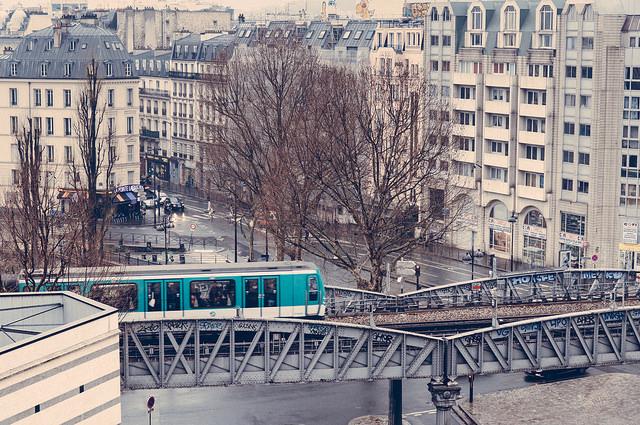
As we blogged recently, Autodesk has just announced the release of the latest version of InfraWorks 360 its popular preliminary design software that serves as a great asset to transportation infrastructure and civil engineers.
What’s great about InfraWorks 360 is takes little to no effort to go from creating your design to communicating the intent of that design to help stakeholders visualize what it will look like once it’s built in the field. With that goal in mind, many of the new features in the latest release of InfraWorks 360 are focused on making your designs more accurate, realistic, and higher in quality.
These features were showcased in a webinar – What’s New in InfraWorks 360 – by the Autodesk product team. The webinar includes demos and highlights, but by way of summary, here’s what uses can expect from the new release:
Easier to Buy, With More Features
Up until the now, the bridge, roadway, and drainage modules in the InfraWorks 360 family were only available to purchase separately. Now, Autodesk has taking those vertical applications and incorporated them into the main InfraWorks 360 software – and lowered the overall price. It doesn’t get much better than that. Plus, if you already own the software, all of that functionality is available to you as a free upgrade.
If you don’t have the software, take a free trial and then contact your DLT representative about the price reduction.
Better Design Context
Now onto some of the enhancements to the tools themselves.
If you’re familiar with the software, then you’ll know that the InfraWorks 360’s Model Builder tool is an amazing tool for easily creating models using data collected from multiple sources and file formats. In fact, you probably start about 90% of your projects with Model Builder. This release comes with several enhancements that improve the context accuracy of the Builder.
When using Model Builder you’re creating models that draw on the power of Open Street Map. Now you can ensure greater accuracy of that data by linking directly to the source so that you can find out where it came from, when it was last updated, etc.
Another enhancement involves a fix to issues that users reported whereby roads adjacent to the bridge were elevated. In addition, the Open Street Map data snapshot has been updated to ensure everything is more current and up-to-date with what’s going on in the field.
Another exciting change is the ability to overlay an image on your InfraWorks 360 model, such as a screen capture from a Civil 3D drawing or even a sketch. The capability to bring in an image always existed, but now you have full control over the location, scale, rotation, and even correlation so that the image lines up with different points in your model. You can also control opacity of the image in the Properties panel.
Other enhancements include a new model cloud upgrade experience and better bookmarks (so you can navigate the model and communicate your design easier.
More Detailed Engineering Capabilities
One of the big changes you’ll notice with this release is improved responsiveness in many areas – everything got faster! In addition, you can now decide when edits you make in profile mode are applied to the model – a big bonus when it comes to road design.
Other enhancements that bring more detail into your models include expanded roundabout functionality, such as more gizmos, and more horizontal and vertical design capabilities.
Additional improvements to the detail of your designs include ramps, left turn lanes, traffic simulation improvements, textures for individual bridge components, custom rainfall data tables and equations, analysis of off-road pipes and structures, improved web publishing, and proposal-specific panoramas.
Collaboration Improvements
In addition to storing models in the cloud for greater collaboration, you can now upgrade the cloud version of the model without interrupting the team workflow.
Check out the webinar for a full round-up of what’s new or check out what’s new on the InfraWorks 360 product page.














































